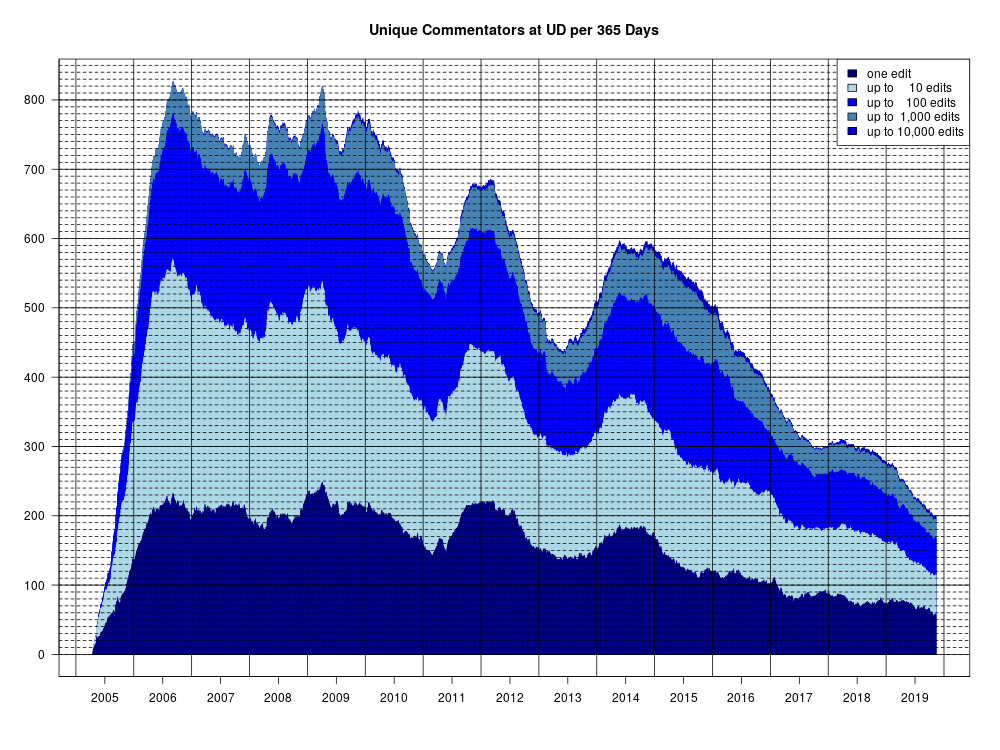It was just a matter of time before quantum mechanics were to be identified as the driving force behind DNA mutations…
“In the past, we knew DNA polymerases make mistakes during DNA replication but did not know how they do it,” said Zucai Suo, Ph.D., Ohio State professor of chemistry and biochemistry. “Now, our study provides a mechanistic sense for how the mistakes arise.”
The results provide “convincing validation for the chemical origins of mutations proposed by Watson and Crick in 1953,” said Myron Goodman, Ph.D., a professor of molecular biology and chemistry at the University of Southern California, who was not involved in the study. “It is significant scientifically, and even though it took about 65 years to prove, it also demonstrates the folly of ever betting against Watson and Crick.”
One of the surprising discoveries made by the team was that the frequency at which bases shifted their shapes varied with DNA sequence. In one of their experiments, Ohio State biochemists Zucai Suo and Walter Zahurancik essentially counted the number of times that polymerases incorporated the wrong base into the DNA. They found that mistakes were indeed not uniform: they appeared more frequently in some sequences than others. For example, a region with more Gs and Cs might form more quantum jitters, and subsequently more mutations, than an area that was rich in As and Ts.
But, it doesn’t end there…
Continue reading

